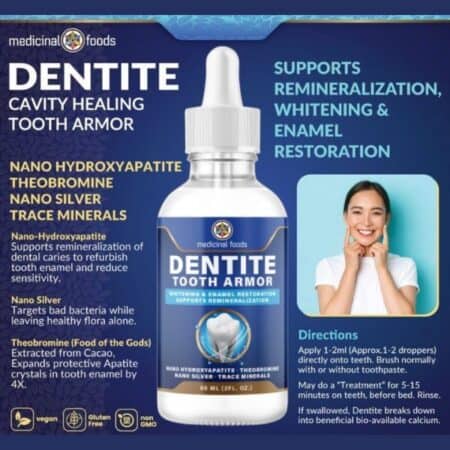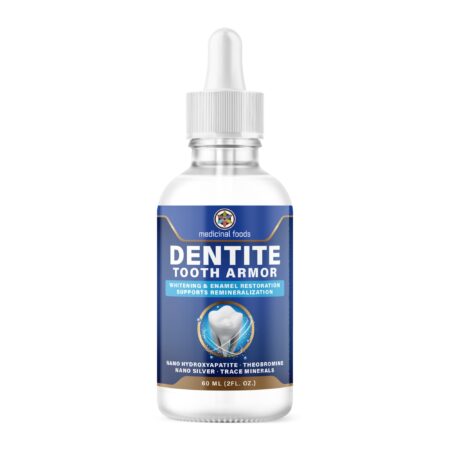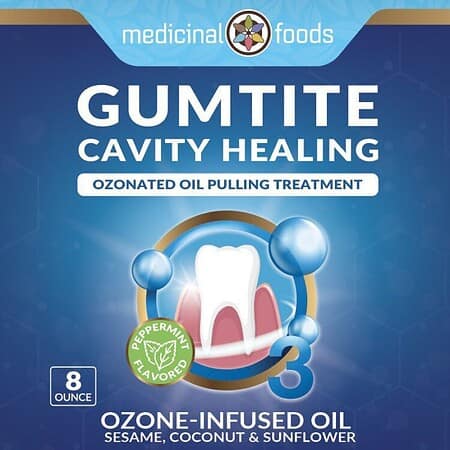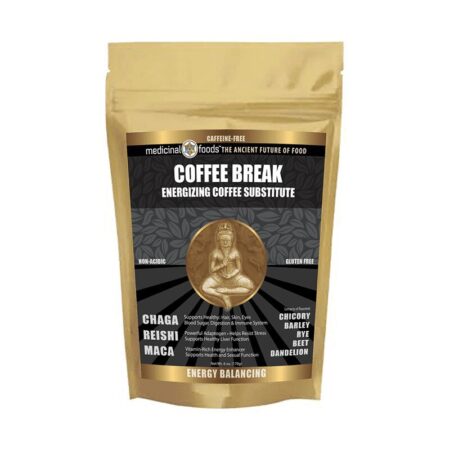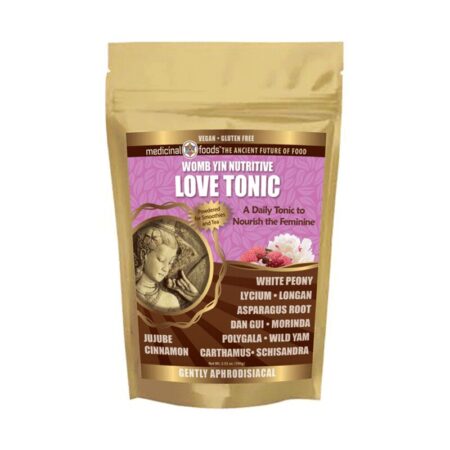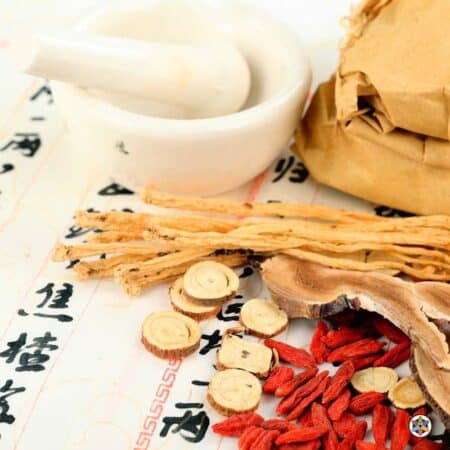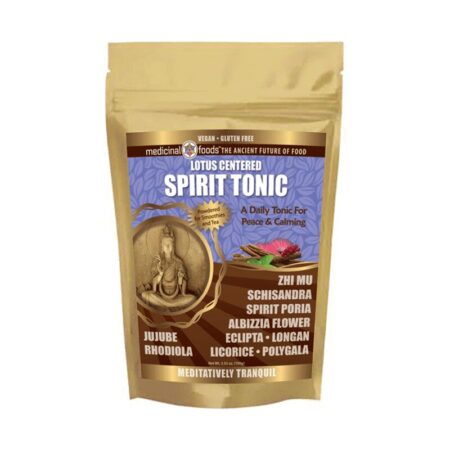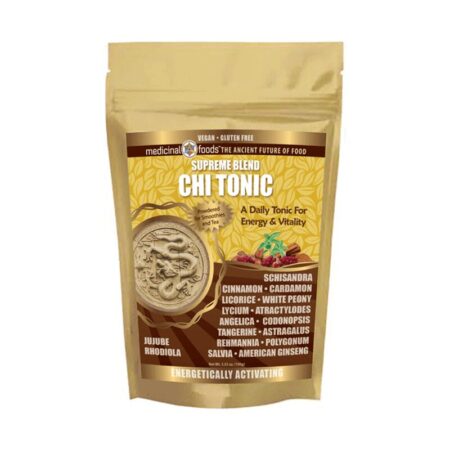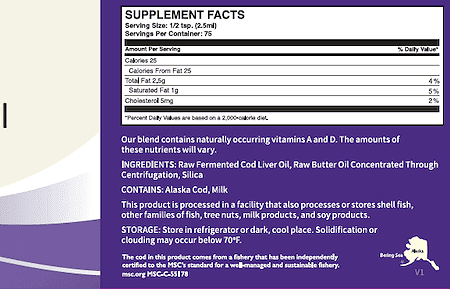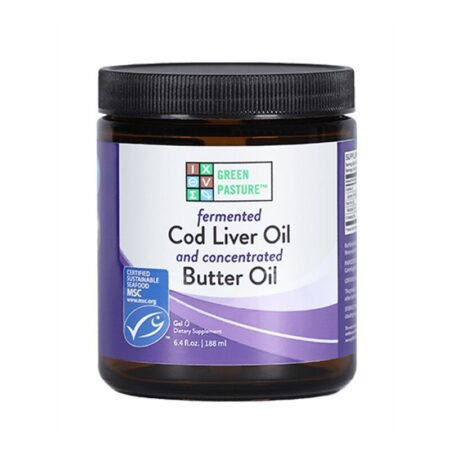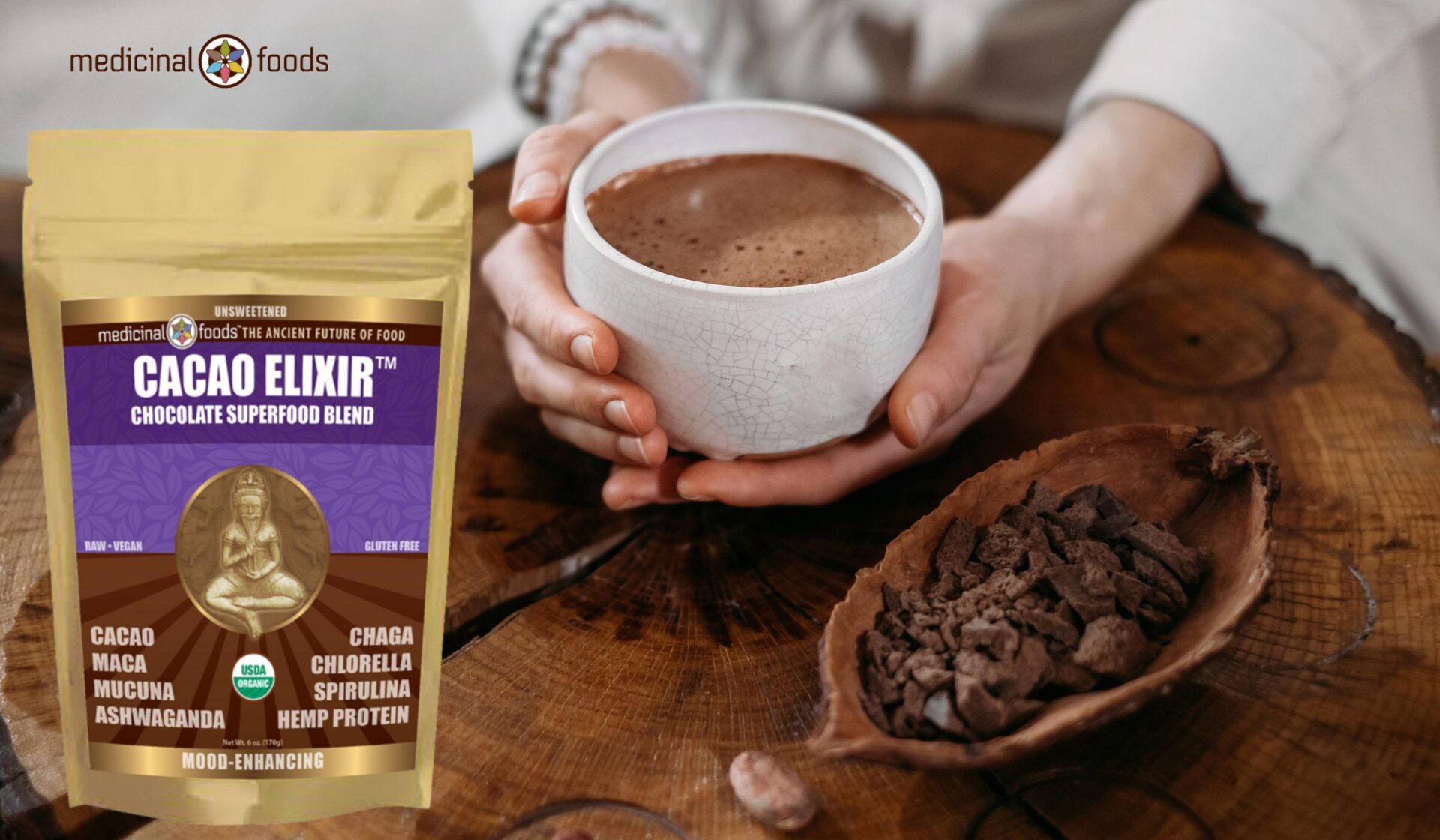Pineal gland decalcification plays an integral role in developing our spiritual selves and intuitive abilities.
There is a mythology surrounding the third eye chakra that is based on pineal wellness. But first, let’s dive deeper into what this gland is and how it works.
What is the Pineal?
A pinecone-shaped gland located in the middle of the brain may be responsible for spiritual insight, inspiration, and psychic awareness.
According to mythology, our third eye chakra, also known as Ajna or the eyebrow chakra, is located behind and between our two physical eyes. This gland serves as its representative.
That’s why it is thought to be essential for both physical and mental well-being and is a gateway to greater awareness.
How Does this Gland Work?
This gland produces melatonin, which controls our daily and seasonal circadian rhythms. It is the molecule that governs the onset of puberty and our sleep cycles, and how we sleep. Fighting free radicals requires melatonin as its primary constituent.
When the body lacks melatonin, the aging process begins.
The pineal converts serotonin to melatonin, a pleasant hormone that helps regulate our mood. During the mating season, it plays a significant role in the metabolism of animals and hibernation.
But this holy gland can be ominous for some; here is how.
What is Calcification of this Gland?
The blood-brain barrier does not protect the pineal from the rest of your body. It receives a massive volume of blood flow, making it second only to the kidneys.
Many environmental factors can lead to the accumulation of calcium in them. This calcium carbonate crystallizes to form the hard outer shell known as a calcareous skeleton.
Not just the pineal can become calcified in the human body.
Joints, heart valves, and breast tissues may all form crystals over time. The organ’s function in issue may be affected by calcification, and they may be unable to synthesize melatonin if it is calcified.
Causes of pinna gland decalcification:
Although doctors aren’t sure what causes calcifications, they have some possibilities:
Aging
The pineal may become calcified as a result of aging. Babies, however, have calcified glands, suggesting that aging is not the only factor.
Metabolic processes
Another idea says that calcium deposits are more prone to form when the gland is less active. For example, in a dark room, your body’s production of melatonin might be influenced to make you feel fatigued.
Calcium deposits may build less often if yours has the potential to create less melatonin.
Chronic illness
It’s also possible that long-term medical disorders enhance the risk of developing calcification of it and vice versa.
The antioxidant properties of melatonin make it a potential brain protector. It may be affected by conditions that harm organs or the brain.
Some of the medical disorders include:
- Alzheimer’s
- Migraine
- Urinary tract infections
- Schizophrenia
Pineal Gland Decalcification Foods
When you’re well-hydrated, nourished, and asleep, it’s not simple to become upset. To some, it may seem like a novel idea, but the process of breaking down calcification and opening your third eye isn’t expensive exotic, exotic remedies from foreign nations!
Here is the list of foods that may mitigate your calcification of it.
Apple Cider Vinegar
Look for apple cider vinegar that is raw and organic. Dosage in the morning may be a powerful punch to the stomach, and it is one of the best things you can do for your overall health.
As vinegar’s flavoring agent, malic acid is particularly efficient at removing metals like aluminum from the body. In addition to regulating blood sugar levels, it also aids in the disintegration of kidney stones.
Beetroot
An athlete’s favorite meal, beets, boosts the body’s nitric oxygen levels, making it easier to use oxygen during exercise.
A mineral known as boron, which controls calcium levels and removes fluoride, is found in colorful root vegetables.
In addition, B vitamins abound in beets, making them a powerhouse of a meal for the mind and body.
Oil of Oregano
In the world of natural antibiotics, oregano oil is usually recognized as one of the most effective oils.
It helps protect the gland tissues from invasion by microorganisms and other detrimental biological malefactors; oregano oil is an excellent complement to the different foods indicated.
The living half of the jigsaw is protected by oregano oil, while the body is cleansed of poisonous materials by numerous additional supplements.
Iodine
Water filtration and wound care are two of the most common applications for iodine. All organs need iodine, which is hard to come by in the highly processed Western diet, but it also helps to lessen the effects of fluoride on the body.
Despite this, broccoli and spinach both contain it. Seaweeds, kelp noodles, and other plant-based seafood are the most acceptable sources of iodine.
Cacao – the natural state
Because of cacao’s high antioxidant content, organic and raw chocolate may help cleanse it, stimulating the third eye.
Chlorella
Chlorella, like wheatgrass and spirulina, is a chlorophyll-rich superfood that shares many properties with these other green foods.
For example, an alga called chlorella, which has just one cell, aids in the battle against heavy metals, improves oxygen levels in the blood, and repairs injured tissues.
Pineal Gland Decalcification Diet
The major dietary and lifestyle changes include:
Fluoride-free lifestyle
Fluoride, a common ingredient in toothpaste and tap water, has been shown to cause damage to it in laboratory animals.
Fluoride-free toothpaste is a popular choice for many individuals. Chemicals like fluoride may be found in insecticides and in the nonstick coatings of cooking pots and pans.
Some individuals eat organic foods and avoid processed food to limit fluoride consumption.
People who want to clear their glands of calcium do so by stopping their intake of fluoridated water.
Avoid Excessive Calcium Intake
The pineal should not be affected by calcium taken from natural diets; Only use calcium supplements if you are experiencing symptoms of deficiency.
Take advantage of natural cures
Many herbs and supplements, including Gotu kola and boron, alfalfa sprouts, parsley, oregano oils, sea moss, and blue-green algae, may all help shrink and activate it.
Walnuts and coconut oil are also healthy options. Beets, apple cider vinegar, lemon water, MSM, ginger, turmeric, and bentonite are also included.
Use Essential Oils
Consider using essential oils in your cooking. This gland and the brain may be reached directly via the nose.
Myrrh, sandalwood, frankincense, and clary sage are all good options to increase one’s spiritual awareness via one’s olfactory sense. Pine, helichrysum, a pink lotus, and mugwort are other good options.
Invest in Lighting
Fluorescent light bulbs are not recommended for indoor use because of their brightness and the strain they put on the eyes.
Make careful to replace them whenever possible with lightbulbs that are more in keeping with the sun’s natural spectrum.
Embrace the Gloom and the Shadows
Even in complete darkness, it is activated by the sun. So when you’re dreaming, you want your bedroom to be as dark as possible.
You may disturb your melatonin synthesis even by using an alarm clock or a mobile phone, which emits even the slightest light.
Try Crystal Therapy
The quartz is said to work marvels when placed in the middle eye when lying down. Violet and indigo-colored crystals are recommended, and transparent crystals will always serve to enhance their effects.
Lapis lazuli, amethyst moldavite, iolite moonstone, and more alternatives are available. For a period of 15 to 30 minutes, place it between your brows and focus on your breathing.
Get Rid of the Shady Areas
Indirect sunlight exposure is necessary for the eyes to operate correctly. Dissection of it reveals the presence of a photoreceptor identical to those in human eyes. Because of this, the "third-eye" label is given to them.
Photoreceptors within it are activated by light reflecting off the retina, so don’t be scared of the bright sunshine or too concerned with wearing shades.
Sungazing is worth a shot
Sungazing is an old habit that improves health and potentially induces states like more remarkable clairvoyance or the ability to survive without water or food if pursued further.
As a rule of thumb, sungazing can only be done during particular times of the day, namely at sunset and dawn.
Do not attempt to gain superhuman strength by gazing directly at the sun during midday.
Avoid Processed food
In addition to pesticides, preservative- and additive-laden foods may induce calcification and accelerated aging, as well as other health problems. This holds for genetically modified foods as well. So always go for items made from organic, living plants.
Stop Using PFCs in Your Cookware
PFOA (perfluorooctanoic acid) and perfluorinated compounds are found in most nonstick coatings (PFCs). Fluoride-based compounds and the calcification process itself are poisonous, as is evident from their names.
Ceramic, stainless steel, glass, and cast-iron cookware should take the place of your nonstick cookware. PFCs may also be found in stain-resistant clothes, flame- and stain-resistant carpets, and grease-resistant food packaging.
Why Decalcifying it Is Essential?
This is because,
- Decalcification reduces melatonin production, which may disrupt our circadian cycle.
- Interfere with the process of conception and childbirth.
- In addition to these, a calcified pineal has a variety of other impacts on mood and activities.
- Sleep deprivation hurts our mental and cognitive abilities, as well as our health, so pineal gland decalcification can actually work wonders for your insomnia.



